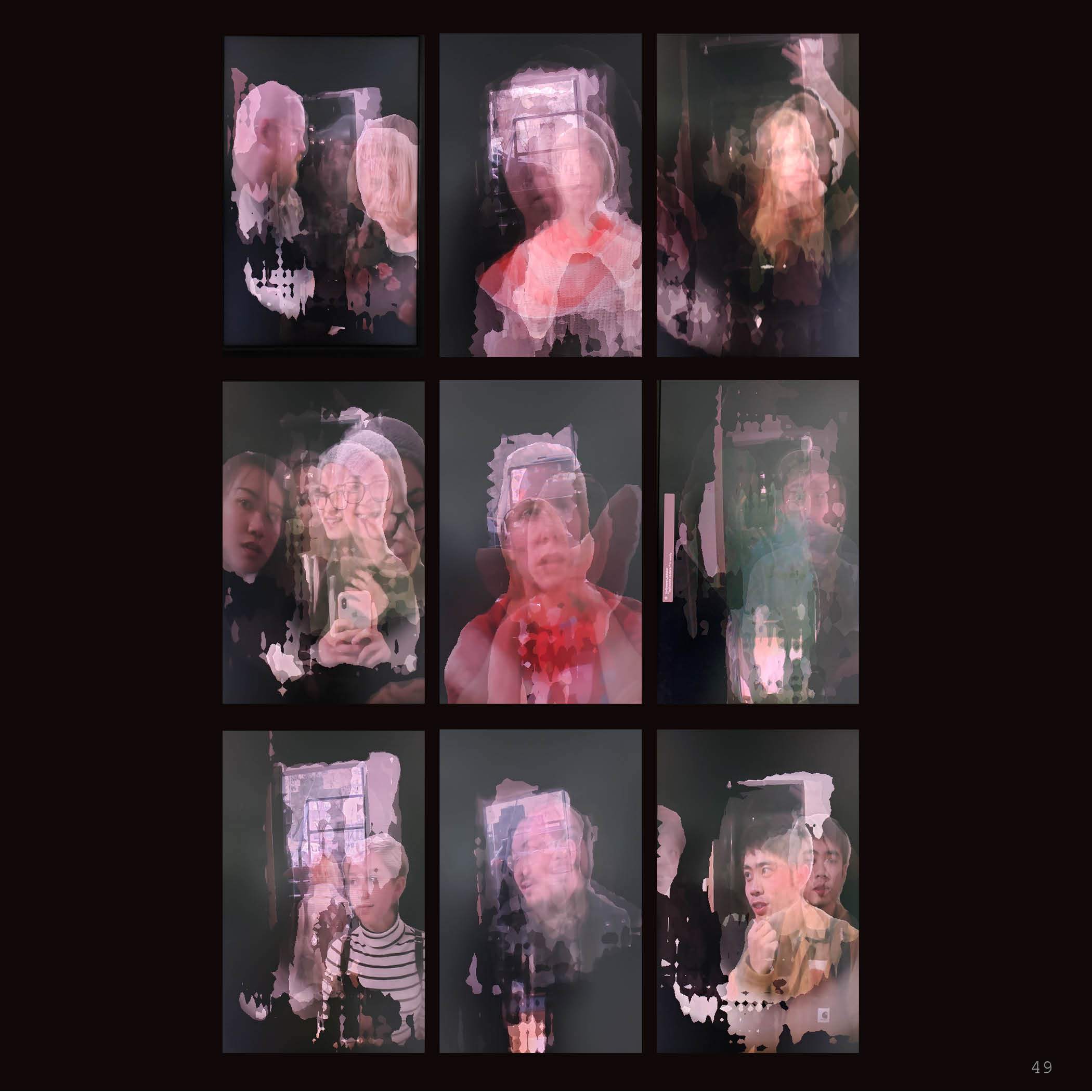
Landscape as Dreamscape
Organized by Merica May Jensen, 2019
In a dream, a character could be multiple people, time may be very short or very long, and the laws of the physical world are often suspended. Once awake, a dream is difficult to remember or even fully comprehend. An attempt to communicate the alternate experience of a dreamscape always feels insufficient -- it slips away as we begin to CONSTRUCT it.
In contrast, since the invention of perspectival drawing, techniques of representation are relied on to wholly depict the lived world. Yet, as landscapes, both digital and physical, become more complex, traditional techniques of representation are insufficient. CONSEQUENTLY, THE CONSCIOUS KNOWN LANDSCAPE TAKES ON THE ELUSIVENESS OF THE DREAMSCAPE.
Humans, especially architects, are in constant pursuit of total representation. REASON TRIUMPHS WHEN AN OBJECT IS REPRESENTED. NATURE BECOMES NATURAL.It is, however, necessary to question, who and what is served by the human quest of reason and representation? Is a represented object or landscape better comprehended or better exploited? Is the distortion that results from the inevitable failure of representation a positive or negative?
The design discipline is positioned directly within the dilemma of representation. In an attempt to master the design and construction process -- to represent known things -- our designs often accrete in their development. Drawing sets grow as architects assemble their parts and fracture into discrete details as they zoom-in to draw projects with higher fidelity. Design drawings are vessels of translation - used to express objects understood by architects to a greater construction/contractor or consumptive/client audience.
Yet, this attempt at translation -- or design description-- usually fails as it meets the bounds of its existence. When architecture steps out of its autonomy, it must face its context -- a reality that is less in our control and less of our imagination. Drawings of site, of place, of the unknown, are our stabs at grasping the elusive, fleeting, physical and abstract landscape. It is here, that we do not always know what our drawings will tell us. The act of drawing becomes a more humble inquisitive, evolving, inquiry. In our attempt to understand, instead of explain, we begin to truly participate, observe and make the unexpected.
Participants:
Anahit Hayrapetyan, Andreas Kostopoulos, Blacki Migliozzi, David Ragone, David Tasman, Em Joseph, Eric Forman, Georgia Diva Mcgovern, Leeland Mcphail, Merica May, Michael Robitz, Michael Robinson Cohen, Miles Huston, Paul Laroque, Rui An, Sebastijan Jemec, Georgia Diva Mcgovern, Shota Vashakmadze, William James Earle